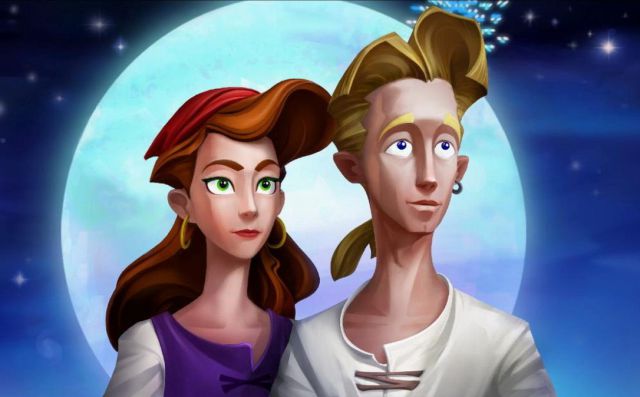
From its humble 2D origins to the present day, point-n-clicks have been an indelible part of popular memory for decades.
Let’s stop and think for a moment. It may be hard to imagine right now, but there was a golden time somewhere in the middle of the last decades of the last century, when the point-n-click genre pretty much took it all away. Under the strong pillars of the text and graphic adventures that preceded them, the key genre of the 80s and 90s incorporated major new changes over time. New directions that were preceded by new demands, and caused by numerous factors: from its technology, gameplay, to its players. A genre that lived its golden age in the 90s, and that passed into the background in 2000.
Their titles have taken us to wonderful places around the world. We have been able to travel throughout the Caribbean, through time, and even to the depths of outer space. For this reason, more and more, point-n-clicks emerge to reclaim some of their past glories in a scenario that, seemingly above all, takes us to the same place: nostalgia. In this genre everything has changed, although we can guarantee that it continues to maintain the same essence, the one we like so much. He had everything to succeed and he did. What has happened since then? What titles do we highlight? Join us in our second installment to find out.
From the gold medal to the bronze

Let’s review the previous chapters of our previous Point-n-click report. After the Sierra couple promoted the future concept of adventure adventure games with their Mystery House in 1980, and with their subsequent King Quest, many companies emerged that managed to dazzle in the emerging genre. LucasArts, Adventure Soft or Revolution, are an example. The most obvious change we had when technology came into play, with the advent of color screens, high resolution graphics and mouse-controlled interfaces before the advent of CD-ROM capabilities. But not everything was easy. Indeed, despite having evident technological advances, the genre was not the same as in its beginnings. Their conversion to 3D did not quite convince an audience that had grown up with them, and the emergence of new action-oriented titles spanned subsequent generations. Therefore, one of the main causes of the decline of the genre is that there was no generational change. As the player base decreased, so did the number of projects targeting it for profitability reasons.
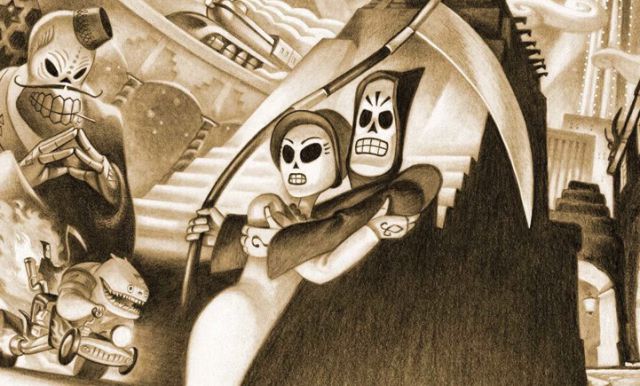
We are located in 1998. The year of departure of Grim Fandango, LucasArts title that was known for abandoning the company’s classic SCUMM engine for a new one, the 3D GrimE Engine. This time around, we saw the studio move completely away from hand-drawn 2D images and took a 3D approach using its new GrimE engine. However, the studio’s commercial pressure back then was very demanding, and its sales were worse than expected, putting Lucasarts directly in the spotlight on what they did best: adventure games.
“… there was a lot of pressure for us to make games in 3D. Initially it wasn’t my idea … “
Tim Schafer on Grim Fandango
Tim Schafer, Director of Grim Fandango: “It’s funny, because people think that Grim Fandango is a rather artistic and non-commercial game. But it was very commercial, there was a lot of pressure for us to make 3D games. Initially it was not my idea to do it in 3D, until I thought of a way to make 3D that I liked, which was to make skeletons. The problem was, dressing those skeletons. “
From 2D to 3D

Capturing the magic that accumulated in the 90s, The Longest Journey follows many gaming trends of the time with its pre-rendered 3D settings. Beneath its appearance are the familiar point-n-click mechanics, and a story focused on the journey to parallel worlds, which progresses by solving puzzles based on inventory. The Longest Journey used high-resolution CGI imagery to create a tremendously immersive experience while remaining true to the core mechanics of the genre, and treated the concept of fantasy as it has rarely been done before.
The Spanish era of point-n-clicks
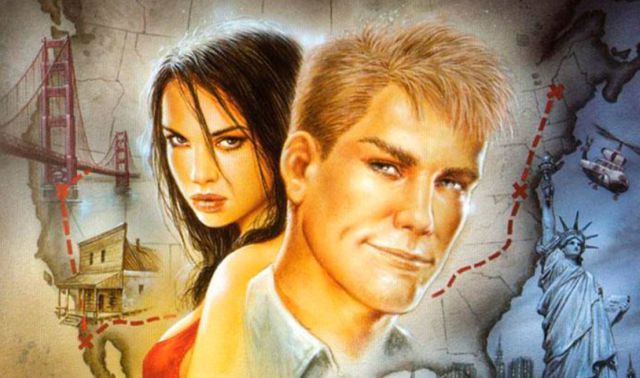
After the success of Hollywood Monsters, Spanish studio Pendulo Estudios raised the bar with an even more ambitious proposal: Runaway A road Adventure. A game that, without knowing it, would end up becoming a saga of international fame and that would catapult the studio into one of its greatest hits. This showed that the genre still had the ability to tell new stories, revitalizing the spirit of the adventure games of yesteryear and the standard bearers of the genre, with a more than worthy quality. The beginning of a long saga starring the charismatic Brian Basco, and which was placed in third place in the EME awards of FreeGameTips (2001) in the category “Best Adventure Game”.
2004: A push for the revival of the genre
Despite the accumulated triumphs, it seemed that the mouse-driven adventure had reached the end of the road. This would take two major technological leaps to revive their luck. This fact brings us to one of the first two key facts: The launch of the Nintendo DS in 2004. Equipped with a touch screen and a stylus, the handheld console revolutionized the way gamers interacted with games: moving from the classic mouse , in pencil.
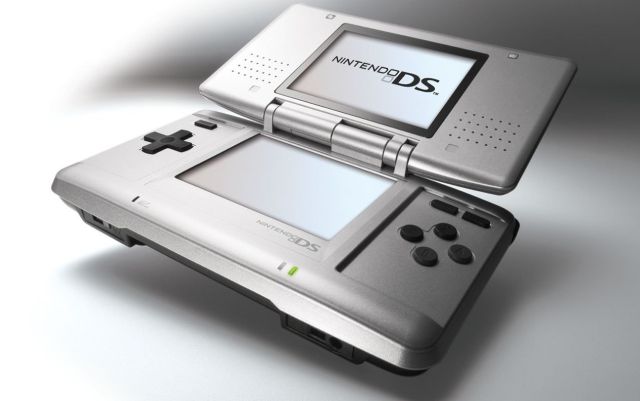
Nintendo DS sold 18.78 million copies in its lifetime
Nintendo DS provided the perfect platform for the resurgence of new adventure titles such as Broken Sword: Shadow of the Templars in 2007. A new generation that shared a vital connection to the glory days of the genre, and that took the concept of a console further. conventional. This was expanded to the general public before the massive arrival of smartphones.
Nintendo DS introduced touch controls to thousands of players, but the next link in this evolutionary process occurred in 2007, with the arrival of the first generation of the IPhone. Apple’s bet came very strong, not only in technological features, but also introducing its own payment Apps business. In the space of a few years, the iPhone app market sparked a desktop publishing takeoff, where companies such as LucasArts and Adventure Soft resurrected classic franchises for the smartphone world. We can say that touch interfaces have helped revive the point-n-click genre, thereby adding new functionalities that they did not have before. Thanks to this, it gave rise to current titles that are simply the result of a technological evolution of the most classic graphic adventures.
Telltale Games: The Graphic Adventure in the Eye of the Hurricane

We can’t talk about point-n-click without mentioning adventure games. With the beginning of this resurgence of adventure games, we came across studios that wanted to bring the classics back. We mean Telltale Games. The developers focused all their efforts almost entirely on classic point-n-click adventure games, a throwback to pre-Windows PC titles. The company was founded in 2004 by previous LucasArts developers, who wanted to focus on a new concept: the interactive adventure. The studio was profitable enough to stay afloat for several long years through 2018, and it was the award-winning The Walking Dead that gave Telltale clear recognition in the industry.
The company brought back the classic Sam & Max presented entirely in 3D, and with a gameplay very similar to its original. The anthropomorphic duo of detectives Sam and Max returned in a new episodic adventure from the studio in 2007. Specifically, three six-episode series to take the saga back and solve some new and peculiar cases. Telltale knew that adventure games still had a place in the market, so he rescued old jewels from the point-n-click catalog to revive them under another modern concept, like a phoenix tail.
Telltale team: “We’re a multi-genre studio. HBO and Netflix, or Amazon, are a huge influence on us. I think with games it’s easy to say ‘Oh, Telltale is point and click. Oh Telltale is this genre, “but we cover that and more.”
The rise of dark stories

Classic adventures often have a common pattern: a charismatic hero who faces different circumstances, from which he is victorious. Let’s say that starting from this idea, some titles emerged that wanted to give that concept a new twist. Stories like any other, but that are based on the fact that there is no archetypal hero, a colorful setting, an enthusiastic future, and no moral. On this occasion, we refer to The Black Mirror, a game developed by Future Games published in 2003. A gothic-style horror title, which gave way to previous titles such as The Shivah and Gemini Rue.
The arrival of digital platforms and the episodic format
The emergence of new formats such as digital distribution and the consolidation of the video game industry also helped the genre to resurface. Faced with this new format, a new generation of graphic adventures and point ‘n clicksters (based on kickstarters) were accommodated. In fact, he also raised a new concept: the episodic format. Buying a game by episode was something unthinkable long ago, but particularly within the graphic adventures it had and still has its own market niche. The episodic format allows dividing the game into several smaller projects, making it easier for the studio to obtain income and financial security in order to prepare the next tranche, so that the investment is developed in small projects and gradually. In this way, the study guarantees the viability of the project, and its launch.
Dan Connors director of Telltale Games: “The narrative has a value and is able to keep the interest of the players. When we started we found a problem in it because we came from other areas. We had worked on episodic adventure games that had many characters and story but they weren’t dramatic. We were looking to strike a balance between all of that. “
Is the fifth time the charm?
As if once, twice, or even five times were not enough, our dear Guybrush was back on our monitors in 2009. As if it were voodoo magic, the Telltale studio was commissioned to create a series of episodic titles where he showed that pirate Guybrush could find a home on consoles and handheld devices, even with polygonal characters. A title that was initially considered point-n-click, but that nevertheless had direct control of the main character of the game, combined with a system of clicking and dragging the mouse. This was ultimately used to make the player experience more engaging, thereby moving away from the point-n-click concept.
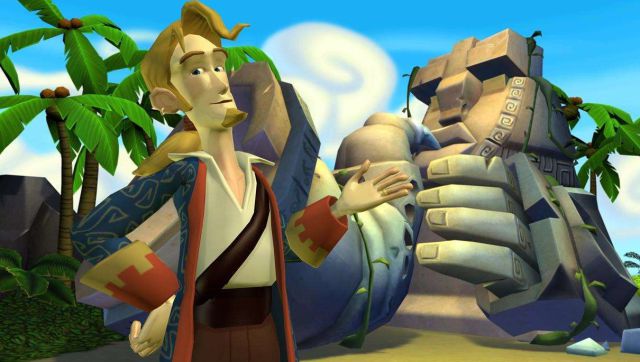
Elsewhere, titles such as The Wispered World, Deponia, Randal’s Monday, Fran Bow or Machinarium, were new versions of the genre created by those who experienced the zenith of the point-n-click era from the perspective of experienced gamers, driving the gender in new directions. Modern adventures that owe a great debt to yesterday’s productions. Despite falling out of favor not too long ago, the humble graphical adventure is finally back to stay, even if the mouse and keyboard may have been lost a bit.
Jakub Dvorsky, on Machinarium: “When we were making Machinarium, we knew we had to migrate it because touch devices are perfect for our games. Playing on these mobile devices you lose some of the immersion because the screens are smaller, but you get direct control with your finger. You’re closer to the game world and you can almost touch it. “
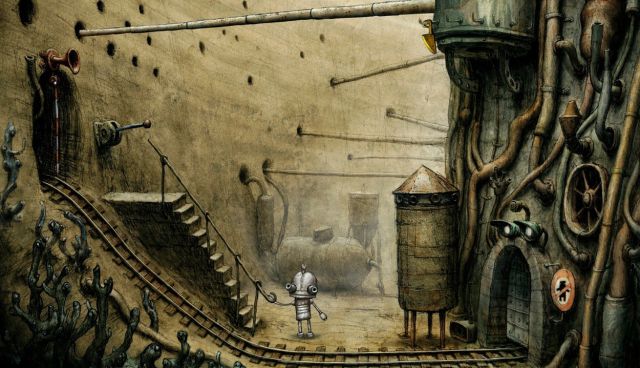
In a polluted world overcrowded with intelligent machines, a small bipedal robot is banished, with no prior explanations. From here began our story in Machinarium, an independent title that was published in 2009. The studio that developed it dedicated three long years of work with a team of seven developers and self-financing. The game featured good hand-drawn artwork, lots of puzzles, and one quirk: there was no dialogue. Machinarium made a genre as seasoned and classic as point-n-clicks feel fresh and interesting again.
Back to its roots

Many fans awaited the arrival of a new Broken Sword, and in 2012 they saw the answer to their prayers. Broken Sword 5 could be a reality. Through a Kickstarter project; the game was developed once it was self-financed. The title was released in two episodes: the first in 2013; and the second was released the following year. In this one, pre-rendered 3D characters and 2D squared scenarios were reinstalled, as were classic mouse controls, inventory system, and a conspiracy-filled narrative. A title that was particularly successful in its console format precisely.
A picture is worth a thousand words
We will never judge a book by its cover. But if we have something clear, it is that art says a lot about a video game. More than it seems. From the most modern realism to the most retro pixel art, gamers appreciate beauty in all its graphics and pixels. This is nothing new. Since art has moved to a multitude of other branches beyond the conventions, and of course, also in video games.

Kentucky Route Zero is a point-and-click developed by the Cardboardhay studio. In this one there are no puzzles to solve, instead the game focuses on narration, atmosphere, and text-based dialogue rather than standard voice acting. As the game progresses, we write the enigmatic backstory of the protagonist against a wildly eye-catching and transgressive art style.
The return of Tim Schafer
LucasArts veteran Tim Schafer accomplished the unthinkable. With an ambitious project under his arm and a Kickstarter underway, in 2015 he managed to raise more than 3 million for the development of his own game. Broken Age is a point-n-click that follows the intersecting stories of a boy and a girl separated in different worlds. While the cursor-driven title adhered to the traditions of the genre, the hand-painted settings gave it a unique and unrepeatable personality at the hands of the point-n-click master.
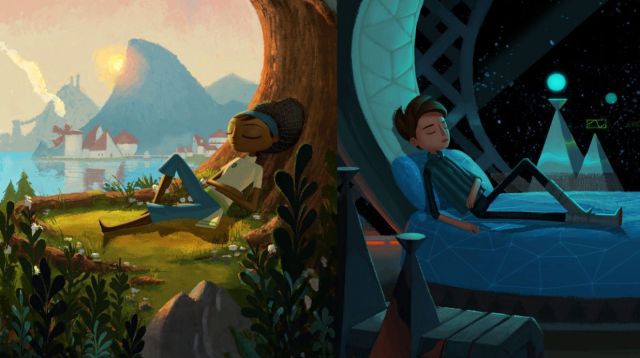
Tim Schafer director of Broken Age: “I think it is always a challenge to make new players of this genre feel comfortable with being stuck for a long time, scratching their heads not knowing what to do and even thinking about taking a break from the game. And I also think that it is something very rare these days to think about taking a break from a game, taking a walk on the street or going to sleep before finding the solution to a riddle. “
Ron Gilbert: Back to the basics
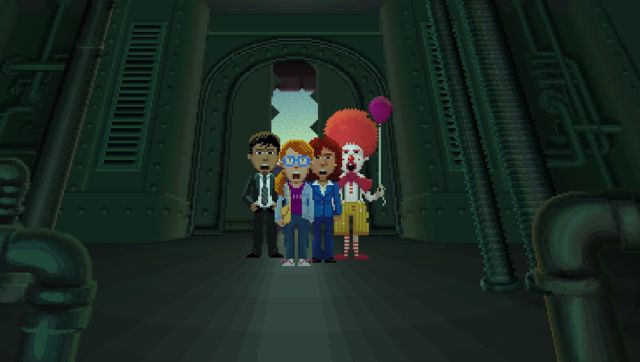
Ron Gilbert, the father of point-n-clicks, returned in 2017 to leave us a clear message: there is nothing better than the old days. And in that we give him every reason, the truth is that we could not receive better news with the arrival of Thimbleweed Park. Funded on Kickstarter in 2014, the title is a creation formed from the love of the games that preceded it, managing to tickle the nostalgia of point-n-clicks. With its own design from the 90s and old school, it managed to pay homage to the classics, and at the same time, tell a sufficiently interesting and promising story.
Matter does not destroy, it transforms:
The Remastered business

In a world where technology is the order of the day, it’s easy to get left behind. Technological advancement means that classic titles have no place on new consoles. Sometimes, the absence of these makes the heart become more nostalgic and that is why studios like Double Fine know exactly where they should shoot: remasters.
“I wasn’t always convinced that remastering old games was in our best interest, but in the end I’m glad I did.”
Tim schafer
Double Fine Studios has released several remasters of the LucasArts catalog: from Grim Fandango, Full Throttle to Day of the Tentacle. Without a doubt, a way to get closer to the genre and relive the games of yesteryear with the most modern hardware. This month we have them available on Xbox Game Pass.
The beginning of a new era
Over time and advances in the field of video games, graphic adventures have been lost between increasingly complex combinations of genres, being a little from there and another from there. But if we had to make a general balance we can say that after many years, the genre does not weigh the years, it is well preserved. For us it will always have that same magic and essence (converted or not) that will transport us to that time in which miraculously, the years never pass.
